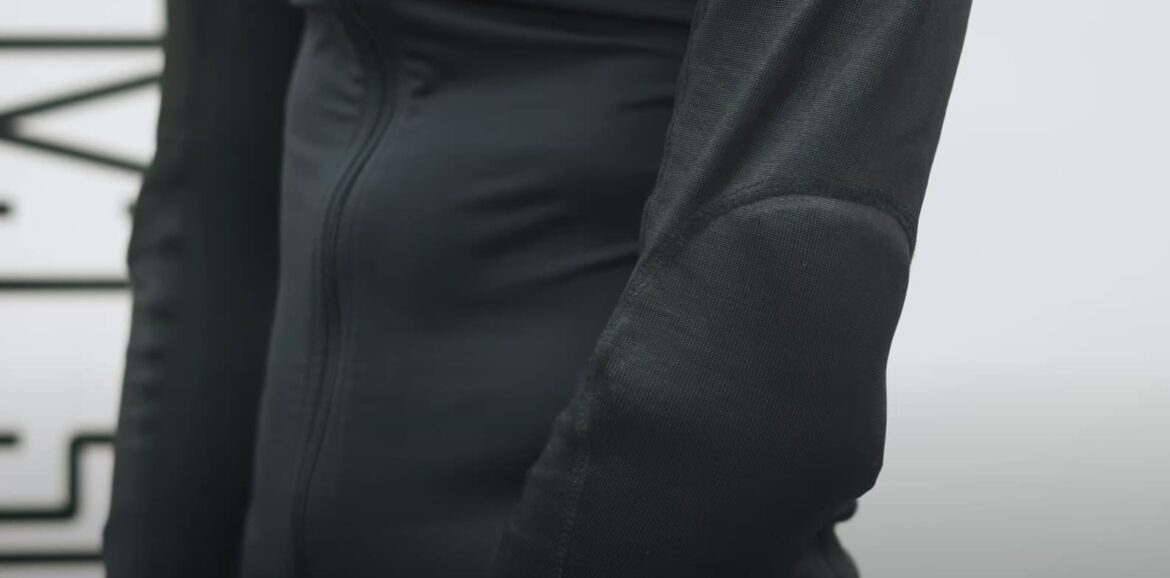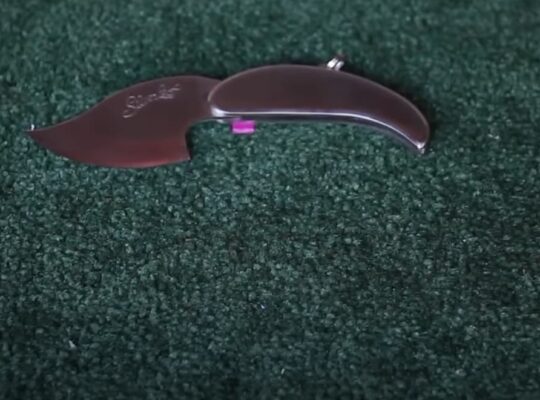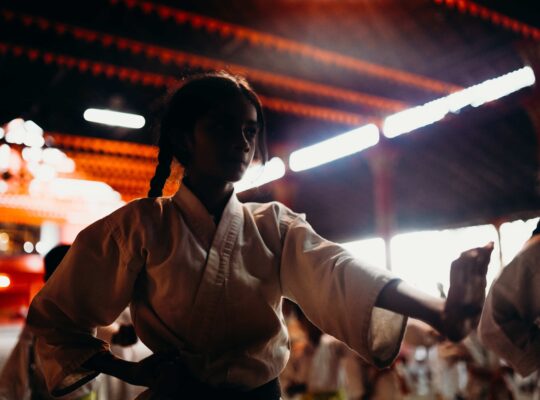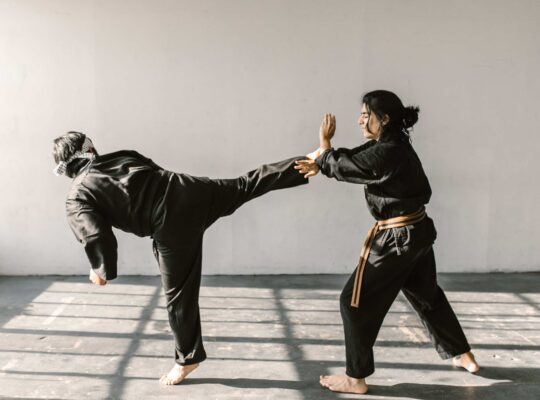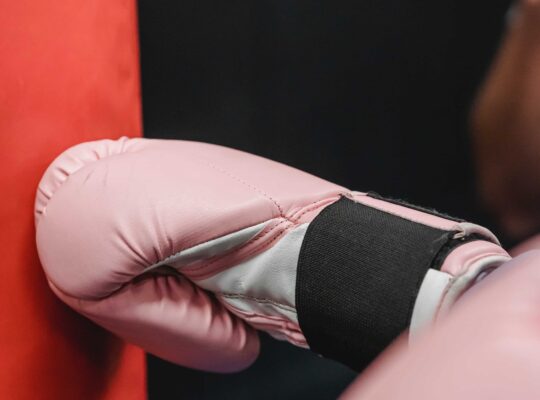Companies that respect their employees offer workers the appropriate safety equipment. Workers will not lose income as a result of workplace accidents, and the firm will not have to spend time or money dealing with them.
The same goes for waterproof safety gear. It is not only good for the employee but also beneficial to the company. Waterproof gear will protect workers from slips, trips, and falls. In addition, it will keep them dry in bad weather conditions. This will help to maintain morale and productivity levels.
Investing in waterproof safety gear, such as boots and jackets, can make a big difference for workers who have to spend long hours outside in inclement weather. The same goes for backpacks – best waterproof backpacks can protect your belongings from getting wet during your commute or outdoor activities.
So, if you are wondering whether or not waterproof safety gear is a good investment, the answer is a resounding yes! It is good for employees and good for business. Make sure that your employees have the right gear for the job – it could save their life.
When working in wet or humid conditions, it is important to wear the proper clothing to avoid serious health risks such as hypothermia or pneumonia. Wearing waterproof gear is one way to protect yourself from these dangers.
Waterproof gear is not only good for protecting you from the elements – but it can also help to prevent accidents. Slips and falls are a leading cause of workplace injuries, and they can often be fatal. Wearing waterproof shoes or boots can help to avoid these accidents.
There is a big debate in the safety industry about whether or not waterproof safety gear is a good idea. Some people believe that it is important to be completely protected from the elements, while others think that it can actually be more dangerous to wear waterproof gear in certain situations. In this blog post, we will explore both sides of the argument and let you decide for yourself!
What is Personal Protective Equipment (PPE)?
Personal protective equipment, or PPE, is any type of clothing or device worn by a worker to protect them from hazards on the job. This can include items like safety glasses and gloves, as well as more specialized gear like respirators and fall protection harnesses. While PPE is essential for keeping workers safe, it’s not always comfortable or convenient to wear. This is especially true in hot weather when wearing heavy-duty PPE can be extremely sweaty and uncomfortable. That’s why many workers turn to waterproof safety gear to keep them cool and dry while still protecting them from potential dangers on the job. Waterproof safety gear is made from materials that are impermeable to water, like PVC or neoprene. There are several benefits to using waterproof safety gear:
- First, it can help keep workers safe and dry in wet conditions;
- Second, it can help prevent slips and falls;
- Third, it can help protect equipment from damage caused by water;
- Finally, it can help reduce the risk of injuries caused by exposure to hazardous materials;
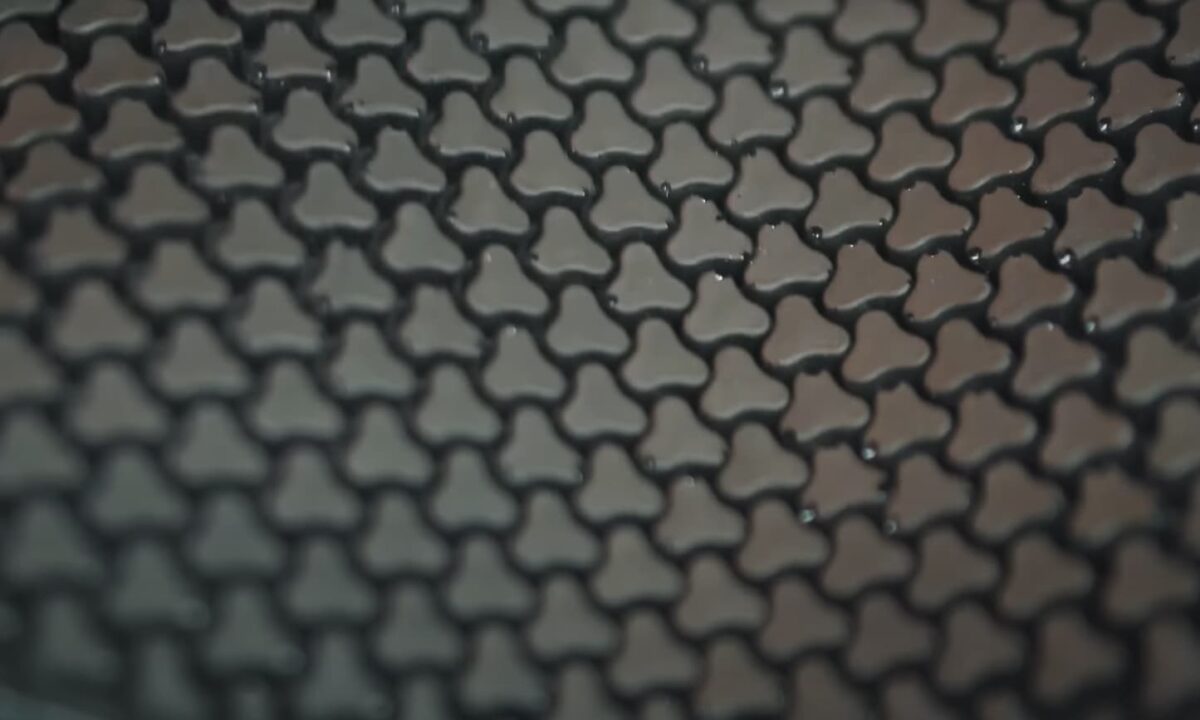
Safety goggles
Working in an environment where there is a lot of dust, it is important to wear safety goggles to protect your eyes. Depending on the severity of the conditions, you might also need to wear a respirator or face mask.
Ear Plugs
Waterproof earplugs can be very useful if you are working in or around water. They will keep your ears dry and protected from the water, which can help to prevent infections. If you are doing a lot of swimming, it is also a good idea to invest in a pair of swim goggles. These will help to protect your eyes from the chlorine in the pool water. When it comes to safety gear, there are a few different things that you need to consider. Waterproof safety gear is one of them.
Face Mask and Goggles
When you are working with chemicals or in an environment where there is a lot of dust, it is important to wear a face mask and goggles. This will help to protect your lungs and eyes from harmful particles. If you’re into paintball, make sure to check out PaintballProfy website for more tips and recommendations on safety gear.
Safety Shoes
These shoes are designed to protect your feet from sharp objects and slippery surfaces. They have a slip-resistant sole and a reinforced toe that helps to reduce the risk of injury. Waterproof safety shoes are a great option for those who work in wet or slippery conditions. They can help to keep your feet dry and comfortable, and they offer the same level of protection as regular safety shoes.
Thick Gloves
Waterproof thick gloves are not only good for protecting your hands from the cold, but they can also help you grip slippery surfaces. Thick gloves can also help protect your hands from sharp objects or chemicals. If you work in a cold environment, waterproof gloves are a must-have item of safety gear.
Raincoats
These are not the only waterproof gear out there. There are also jackets, pants, and boots that are designed to keep you dry in wet conditions. Wearing waterproof gear can help you stay safe and dry in bad weather conditions. Important notice: remember that waterproof gear is not always 100% effective. Waterproof gear can help you stay safe and dry in bad weather conditions, but it is important to remember that it is not always 100% effective. If you are working in or around water, make sure to take extra precautions to stay safe. Wear a life jacket or floatation device if possible, and be aware of your surroundings at all times.
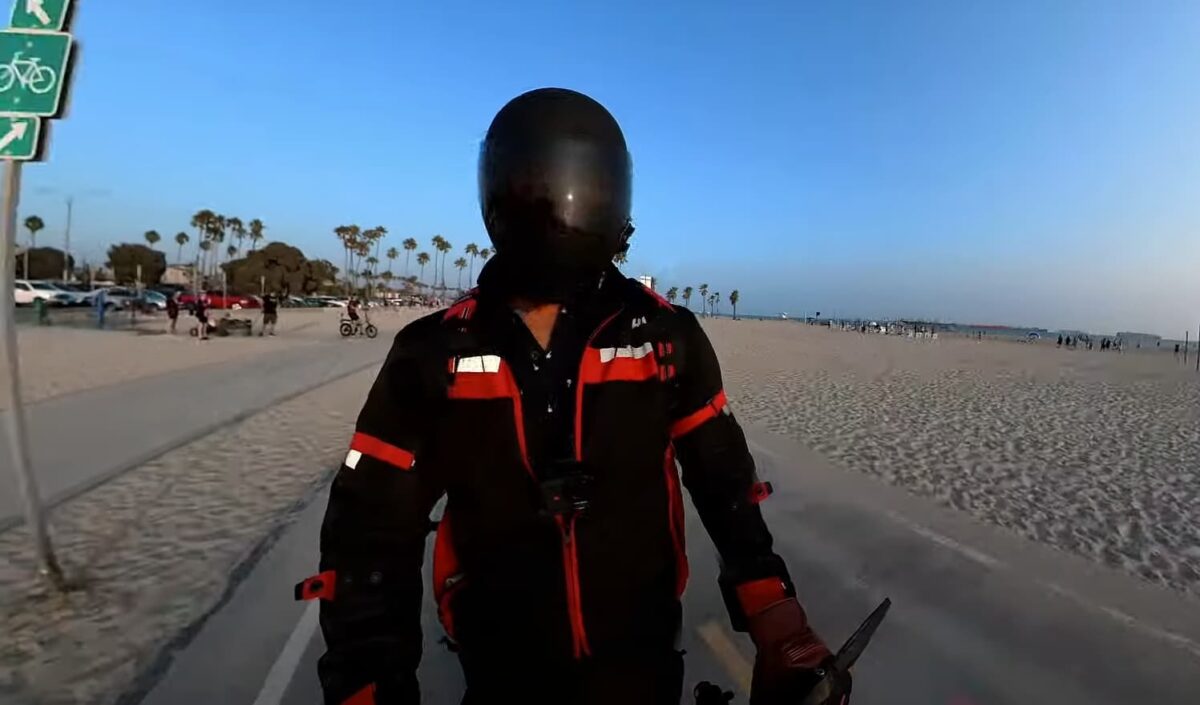
Waterproof vs Water-Resistant Safety Gear
There’s a big difference between waterproof and water-resistant safety gear. Waterproof gear is completely impervious to water, while water-resistant gear will allow some water to seep through. Waterproof gear is usually made of heavier materials like rubber or neoprene, which can make it more cumbersome to wear. Water-resistant gear is typically made of lighter materials like nylon or polyester, which makes it more comfortable to wear for long periods of time. The best waterproof gear is completely water resistant, so you can submerge it in water and no moisture will get inside. Water-resistant safety clothing has a broader meaning than merely being water repellent. In a sprinkle, you’ll be fine, but if it rains heavily, seek cover. So, which type of safety gear is better? That depends on your needs. If you’re working in an environment where you’ll be exposed to a lot of water, then waterproof safety gear is the way to go. However, if you’re only going to be exposed to occasional splashes of water, then water-resistant safety gear will suffice.
How Can Safety Gear Be Protected from Wet Conditions?
Waterproof safety gear is designed to protect workers in wet conditions. This type of gear is usually made from a waterproof material, such as PVC or neoprene. It is important to choose the right type of waterproof safety gear for the job. For example, if you are working in a laboratory, you would need different types of waterproof safety gear than if you were working on a construction site. You also need to consider the weather conditions. If you are working in a wet area, you need to choose gear that is designed for wet conditions. You can protect safety gear from severe weather conditions in such a way:
- Choose gear that is made from waterproof materials;
- Make sure that the gear is properly sealed;
- Store the gear in a dry area;
Waterproof safety gear is a great way to protect workers in wet conditions. However, it is important to choose the right type of gear for the job and to take care of it properly. With the right precautions, you can ensure that your safety gear will last for many years.
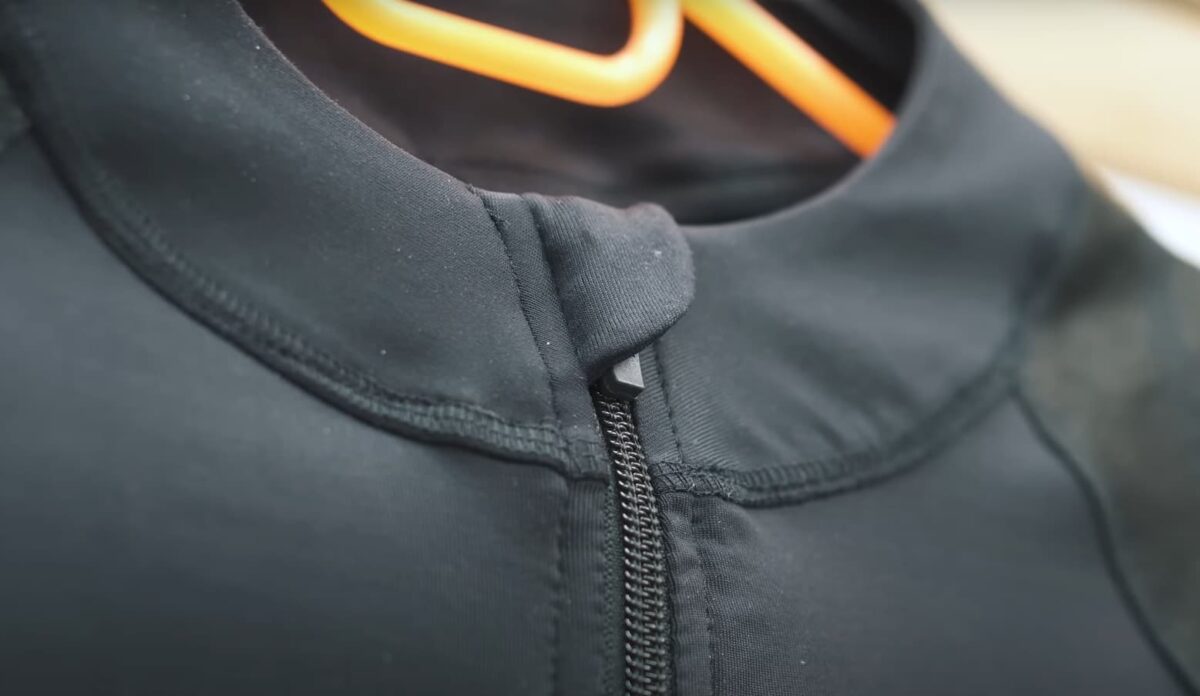
FAQ
Is water-resistant good enough?
No. Water-resistant gear will protect you from the occasional splash, but if you’re working in or around water, you need gear that’s waterproof. Waterproof gear uses a variety of materials and construction techniques to keep water out. Waterproof safety gear is essential for anyone who works in or around water. Whether you’re a lifeguard, a fisherman, or a pool cleaner, having the right gear can mean the difference between staying safe and dry or being at risk for hypothermia or other serious health problems.
What is the highest waterproof rating?
The IP68 ratings provide complete protection against solid ingress and water entry, respectively, are at the top of the scale. Both digits are at their highest possible level: total protection against solid ingress A 6 for full protection against solid ingress. A 8 for whole protection against water entry, up to and including complete submersion below one meter for more than 30 minutes.
What are some common waterproof materials?
There is a variety of materials that can be used to make waterproof gear. Some common options include:
- Gore-Tex is a synthetic fabric that’s been treated with a durable water repellent (DWR) finish. It’s often used in outdoor clothing and gear because it’s lightweight and breathable while still providing good waterproofing;
- Rubber is a naturally waterproof material that’s been used for centuries. It’s often used in boots and other footwear because it’s tough and durable. However, rubber can be heavy and uncomfortable to wear in warm weather;
- Synthetic leather is a manmade material that’s designed to look and feel like real leather. It’s often used in waterproof gear because it’s durable and breathable. However, synthetic leather can be expensive;
Why are raincoats yellow?
It’s not just because the color is cheerful and easy to spot. Yellow is also one of the most visible colors to the human eye, making it ideal for safety gear.
Is water-resistant good enough to work when it rains?
If the outside surface of a jacket isn’t absorbent such as cotton, it can probably withstand a light sprinkle. If you’re out in the rain for an extended period or the intensity of the rain rises, you’ll get wet. Water-resistant gear is good for keeping you dry in light rain, but it’s not waterproof.Waterproof gear is made with materials that won’t allow water to pass through them such as Gore-Tex. This type of gear will keep you dry in heavy rain and even when you’re submerged in water. If you work outdoors or participate in any type of activity where you might get wet, waterproof safety gear is a good choice.
Does waterproof mean windproof?
Jackets that are both waterproof and windproof are not uncommon. When you think about it, a barrier meant to repel driving rain would also prevent the wind that is propelling the rain. Jackets with weather-resistant technology, such as laminates, that are only water-resistant are available.
Which is better waterproof or water-repellent?
There’s a big difference between waterproof and water-repellent gear. Waterproof gear will keep you dry no matter what. Water-repellent gear will only keep you dry for a little while before it starts to soak through.
Is 10000 waterproof enough?
The best lens for skiing or snowboarding is between 5-10,000mm, which is ideal for people who spend lots of time on the slopes in all types of weather – while 10-20,000mm is preferable for those in wetter regions or skiers and snowboarders who enjoy backcountry skiing.
Can swimming goggles be used as safety goggles?
Swimming goggles can provide some protection from chemicals, but they are not designed to be used as safety goggles. If you need chemical splash protection, make sure to choose safety goggles that are specifically designed for that purpose. The bottom line is this: if you need chemical splash protection, make sure to choose safety goggles that are specifically designed for that purpose. Swimming goggles will not suffice. Waterproof safety gear is great, but make sure you choose the right gear for your needs! When it comes to safety, it’s always better to err on the side of caution. If you’re not sure whether or not something will provide the protection you need, it’s always best to consult with an expert before making a purchase.
